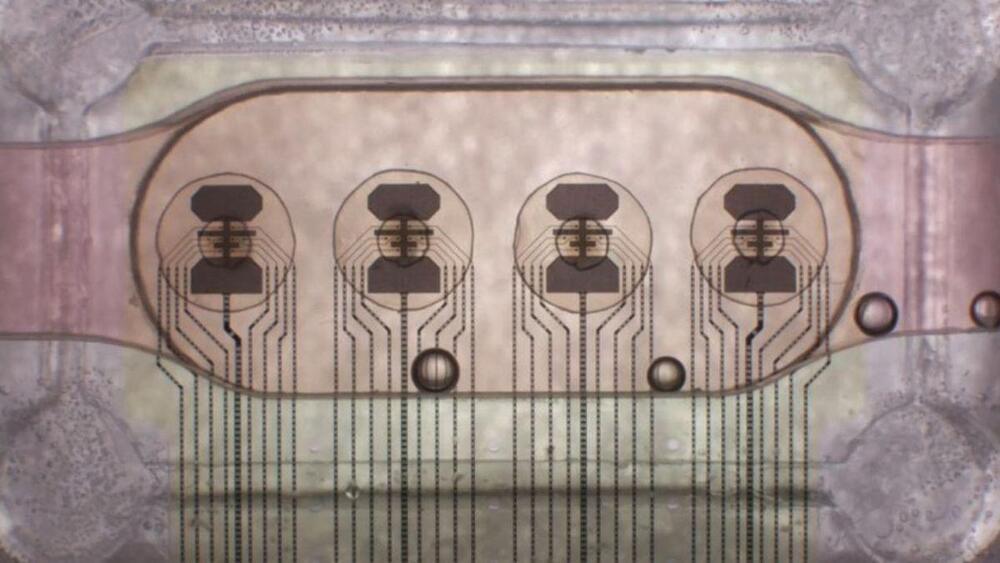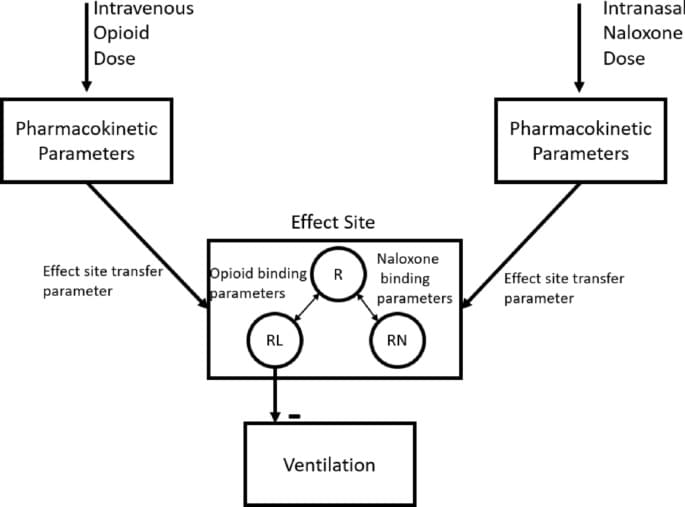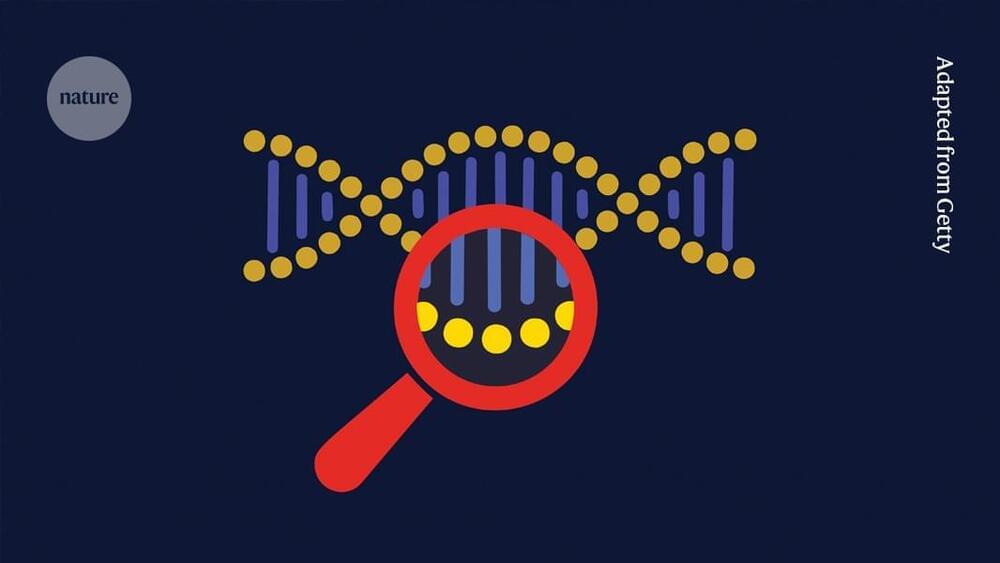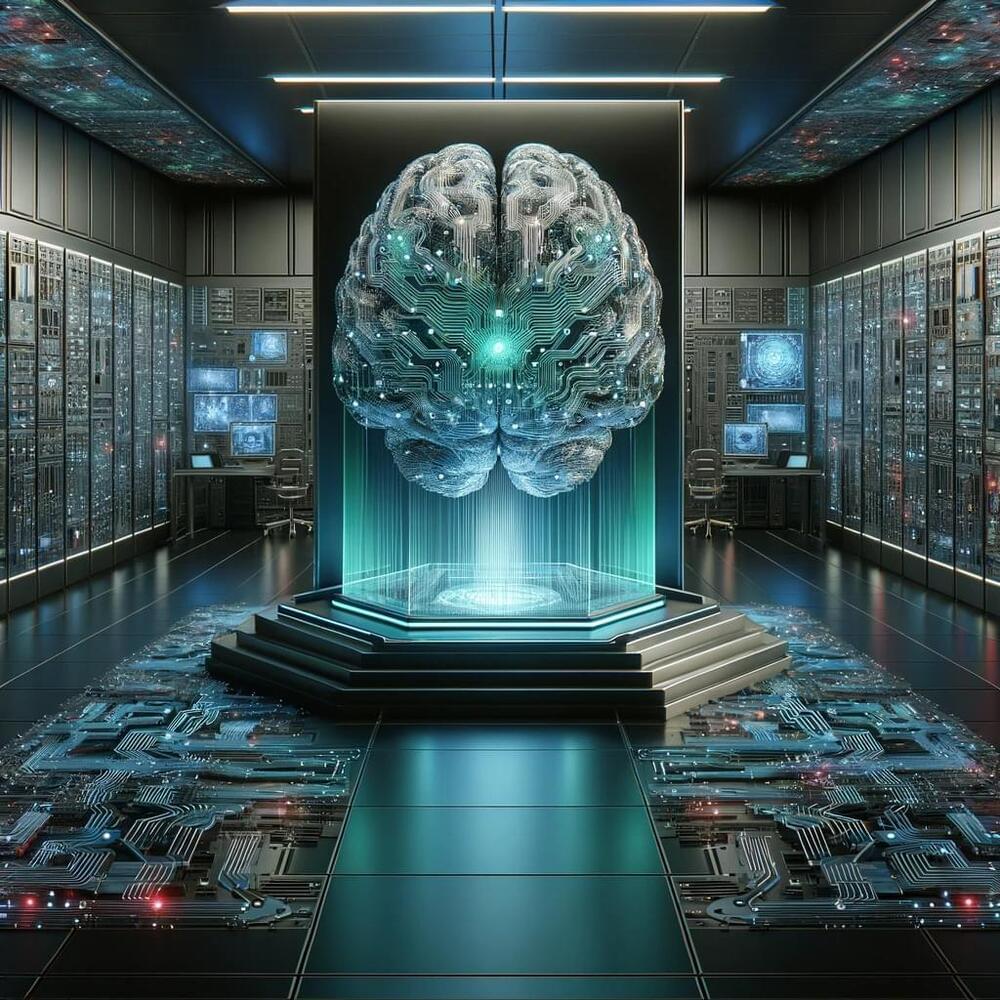Chapters: 0:00 Colin Wright Highlights 0:48 Colin Wright: A Horrible Person, A Transphobe? 3:43 Did This Piss Colin Off? 6:03 Humans Will Always Do Magical Thinking 8:32 If We Stand Up Together… 9:48 The Fundamental Misunderstanding / Fish 12:48 What Activists Get Wrong (Secondary Characteristics) 15:48 The ‘True’ Hermaphrodite 17:48 Is There A Male or Female Brain? 21:48 Judith Butler’s Contradiction 24:48 Individual Liberty 27:48 Young Girls & Older Men 30:48 Cross-Dressers Getting Aroused 34:18 How Sex Is Determined In Nature 37:38 Why Do Men Have Nipples? 38:58 Why Don’t Testicles Have Rib Cages? 40:18 Creationism vs Evolution (Joe Rogan) 44:18 Alex Jones & Gay Frogs 45:08 What Does ‘Theory’ of Evolution Mean? 48:08 Other Competing Theories? 51:28 Faith vs Science 53:48 Danger of Reality Denial 57:43 A Heretic Colin Admires.
Category: biological – Page 71


Decoding Life’s Origins With Lost Biochemical Clues
A new study demonstrates that just a handful of “forgotten” biochemical reactions are needed to transform simple geochemical compounds into the complex molecules of life.
The origin of life on Earth has long been a mystery that has eluded scientists. A key question is how much of the history of life on Earth is lost to time. It is quite common for a single species to “phase out” using a biochemical reaction, and if this happens across enough species, such reactions could effectively be “forgotten” by life on Earth. But if the history of biochemistry is rife with forgotten reactions, would there be any way to tell?
This question inspired researchers from the Earth-Life Science Institute (ELSI) at the Tokyo Institute of Technology, and the California Institute of Technology (CalTech) in the USA. They reasoned that forgotten chemistry would appear as discontinuities or “breaks” in the path that chemistry takes from simple geochemical molecules to complex biological molecules.



Mechanism-based organization of neural networks to emulate systems biology and pharmacology models
Mann, J., Meshkin, H., Zirkle, J. et al. Mechanism-based organization of neural networks to emulate systems biology and pharmacology models. Sci Rep 14, 12,082 (2024). https://doi.org/10.1038/s41598-024-59378-9

Software tools identify forgotten genes
One tool, called Find My Understudied Genes (FMUG), emerged from a study published in March1, which first explores why interesting, but relatively under-researched, genes are not highlighted in genetic surveys, and then offers FMUG as a remedy.
The second tool is the Unknome database, created by a team led by Matthew Freeman at the University of Oxford, UK, and Sean Munro at the MRC Laboratory of Molecular Biology, Cambridge, UK, that was described2 in 2023.
“We are in the lucky position to know what we don’t know,” says Thomas Stoeger, a biologist at Northwestern University in Chicago, Illinois, and co-author of the FMUG study.

Neuromorphic computing: merging artificial intelligence and the human brain
Neuromorphic computing represents an exciting crossover between technology and biology, a frontier where computer science meets the mysteries of the human brain. Designed to mimic the way humans process information, this technology holds the promise to stir a revolution everywhere, from artificial intelligence to robotics. But what exactly is neuromorphic computing and why is it taking the center stage?

You leave a ‘microbe fingerprint’ on every piece of clothing you wear—and it could help forensic scientists solve crimes
When you think of a criminal investigation, you might picture detectives meticulously collecting and analyzing evidence found at the scene: weapons, biological fluids, footprints and fingerprints. However, this is just the beginning of an attempt to reconstruct the events and individuals involved in the crime.
